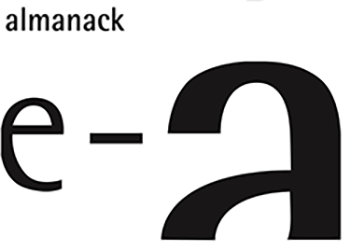Abstract
The idea of nation -and nationalism- has been long discussed. Some authors coincide in emphasizing that the notion of nation is historically changing and conflictive. In this framework, the construction and updating of the idea of nation requires devices that determine which elements (material and symbolic), as well as subjects are included in it. In this sense, we can understand celebrations and commemorations as such devices that allow us to investigate the construction of nation and how it is reproduced and who is included. In Argentina during the year 2010 the bicentennial of the May revolution was celebrated. A series of public policies and funds were allocated for this purpose on a national scale while others emerged from the provincial and municipal states. In this context, we are interested in analyzing what types of actions and events were organized at these other scales and what elements and narratives were configured to articulate the local with the national and how it is reproduced and in what terms the notion of a “white and European” nation despite the new readings that from different spaces and actors seek to stress. To do this, we propose as a case study the Exaltación de la Cruz district (Buenos Aires province), based on examining the events that took place in its main city that in the 1990s its historic center was recognized as national Heritage.
Keywords:
Conmemorations; Cultural Heritage; Afrodescendants

 Thumbnail
Thumbnail
 Thumbnail
Thumbnail
 Thumbnail
Thumbnail


